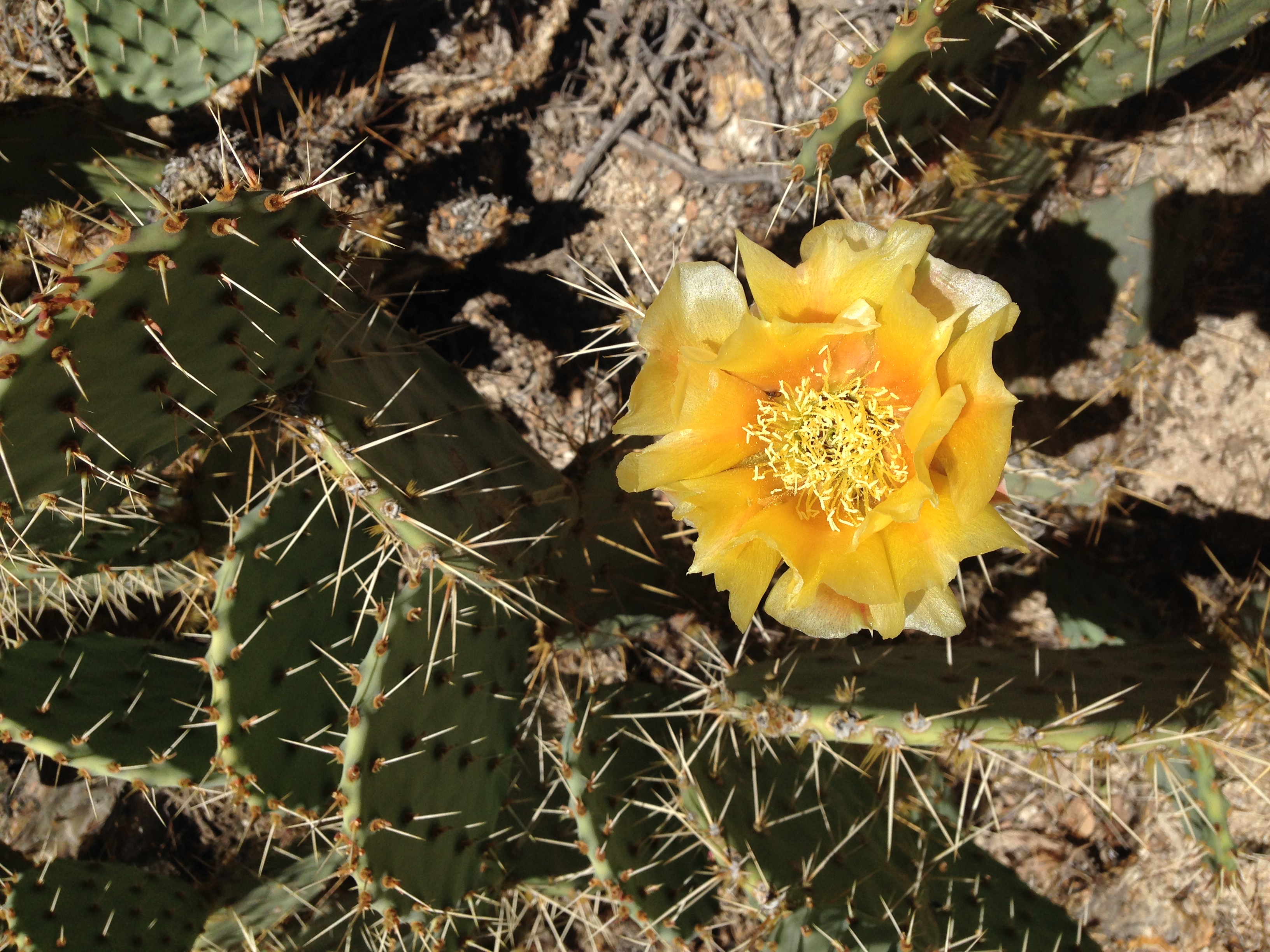
This prickly pear cactus is edible. You can find many prickly pear cacti at your local Southern California supermarket in the produce section. Photo: Samuel King
Remember
- Do not pick wildflowers. Leave them for others to enjoy and to reproduce so they can come back next year.
- Watch your footing when you view and photograph wildflowers. Many visitors have trampled the wildflowers. Again, this ruins the flower viewing experience for others, and the flower won’t be able to reproduce for future year’s bloom.
- Wait until you reach a pull out to park your car, and park in designated areas only. Parking illegally poses a danger to everyone and destroys wildflowers that may be on the roadside.
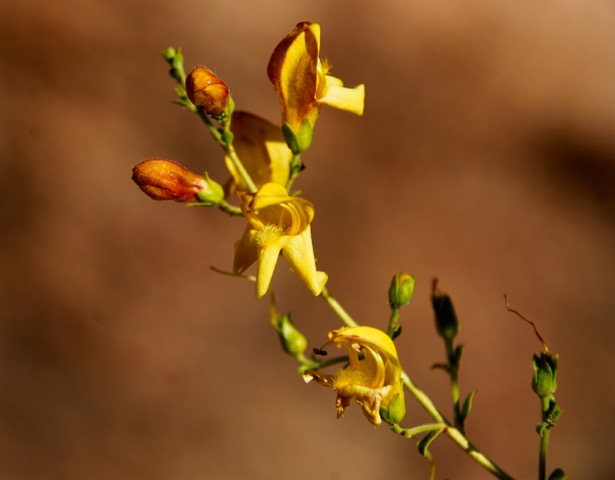
The snapdragon penstemon, Keckellia antirrhinoides, can be found in both the Mojave desert and the Sonoran desert. Photo: Samuel King
The wildflower season is slowing down in the park. You can still find flowers blooming throughout the park, however flower patches are beginning to be far and few between. Please take a look at past blog posts, as the information in the past reports is still relevant and will help with species identification. And be sure to visit and contribute to our iNaturalist Wildflower Watch Project.
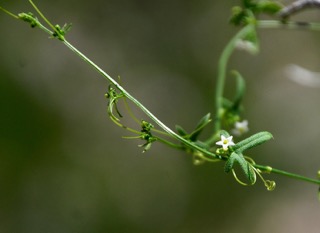
The desert starvine, Brandegea bigelovii, grows dainty flowers that are only about 2 milimeters wide. Photo: Horace Birgh
Southern Joshua Tree National Park
Cottonwood
About three miles from Cottonwood Visitor Center along Cottonwood Springs Road, prepare to see pockets of pink, yellow, lavender, red, rose, and white. Flowers can be found in washes on both sides of the road. Cat claw, Senegalia greggii, is showing off its yellow flowers, and the desert willow will be blooming in various shades of pinks. Even though it is called the desert willow, it is actually not a willow at all. It is related to catalpa trees and in the family Bignoniaceae whereas true willows are in the family Salicaceae. The ocotillo are ending their bloom, but the blue palo verde is just starting. Those celebrating the bloom with their gorgeous flowers include desert senna, buckwheat, and the foxtail cactus, Corypantha alversonii.
The desert willow, Chilopsis linearis, can have flowers ranging from a light pink to a dark magenta. This tree likes to grow in washes below elevations of 1800 meters. Photo: Horace Birgh
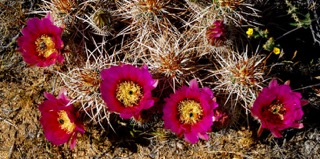
The hedgehog cactus, Echinocereus engelmannii, can have more than 20 cactus stems. Be careful if you look inside the flower because many insects build their homes inside the stamens and sepals. Photo: Horace Birgh
Southern Joshua Tree National Park
Turkey Flats
Near the Turkey Flats turnout, you can view and photograph speckles of pink and yellow. Even though the Ajo lily has stopped flowering and started fruiting, you can still see turtleback starting to flower. Turtleback gets its unique name from its leaves. Turtleback leaves look quite similar to a turtle’s shell. Another exciting flower in bloom right now is the desert five-spot, a favorite among botanists because of its unique and beautiful flower cups.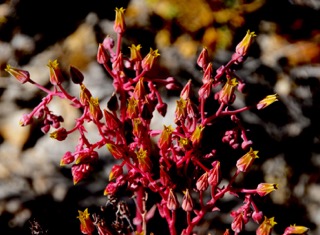
Panamint Liveforever, Dudleya saxosa sp. aloides, is actually a succulent. Photo: Horace Birgh
Western Joshua Tree National Park
Sheep’s Pass
Located along rocky flat areas next to the campground and near turnouts, come check out a rainbow of colors. Allium, the wild onion, is in full bloom with its red-white flowers. The desert mariposa, Calochortus kennedyi’s bloom is growing with red-orange petals. Indian paintbrush is also nearing full bloom. Indian paintbrush has many uses ranging from edible petals to having shampoo-like properties.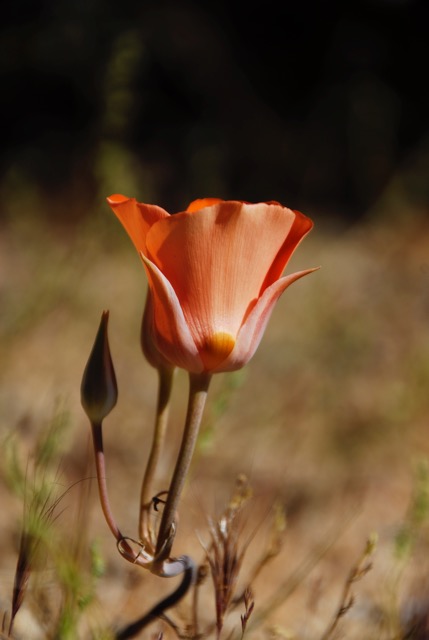
The desert mariposa lilly, Calochortus kennedyi, may have few leaves, but it produces a spectacular fire-red flower. Photo: Horace Birgh
West Entrance
After the rain on May 6th and 7th, many of the flowers are coming back again! Most of the flowers that you will be able to see are yellow, such as Goldenbush. You can also scout around for various species of cacti such as Prickly Pear. Mojave Thistle, Joshua Tree National Park’s only native thistle, is also in bloom. You can see plenty of these flowers from the roadside.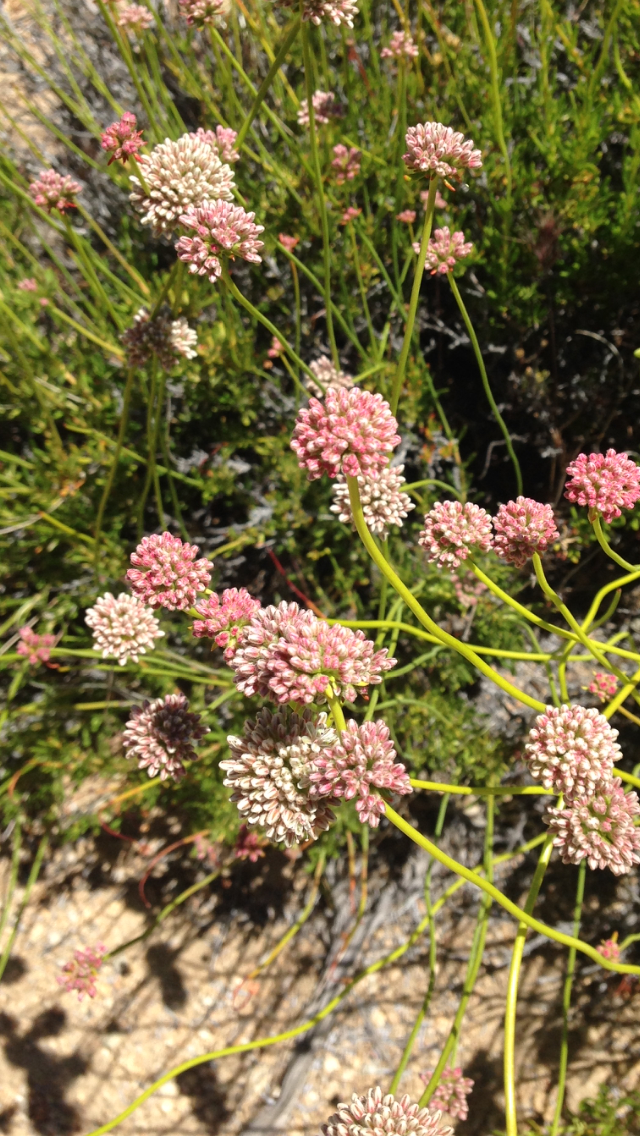
Buckwheat has been cultivated for its grain since 6000 BC. Archaeological remains first showed up in Asian countries such as China and Japan. By the 1900s, it was a common crop in America. Photo: Samuel King
Queen Mountain
With a summit located at 5,700 meters, Queen Mountain is still seeing lots of its flowers bloom. Whether you choose to hike the mountain or explore Pine City, you can still find an abundance of flowers including beargrass and many grass blooms. Cooper’s dogweed, Adenophyllum cooperi, is showing off its cryptic red and orange flowers. The flowers also produce a strong scent many people find appealing. You can also find white ratany, Krameria bicolor, blooming in shades of pink despite its common name being white. Bunches of wireletuce with small pink flowers are sprawled around the mountain.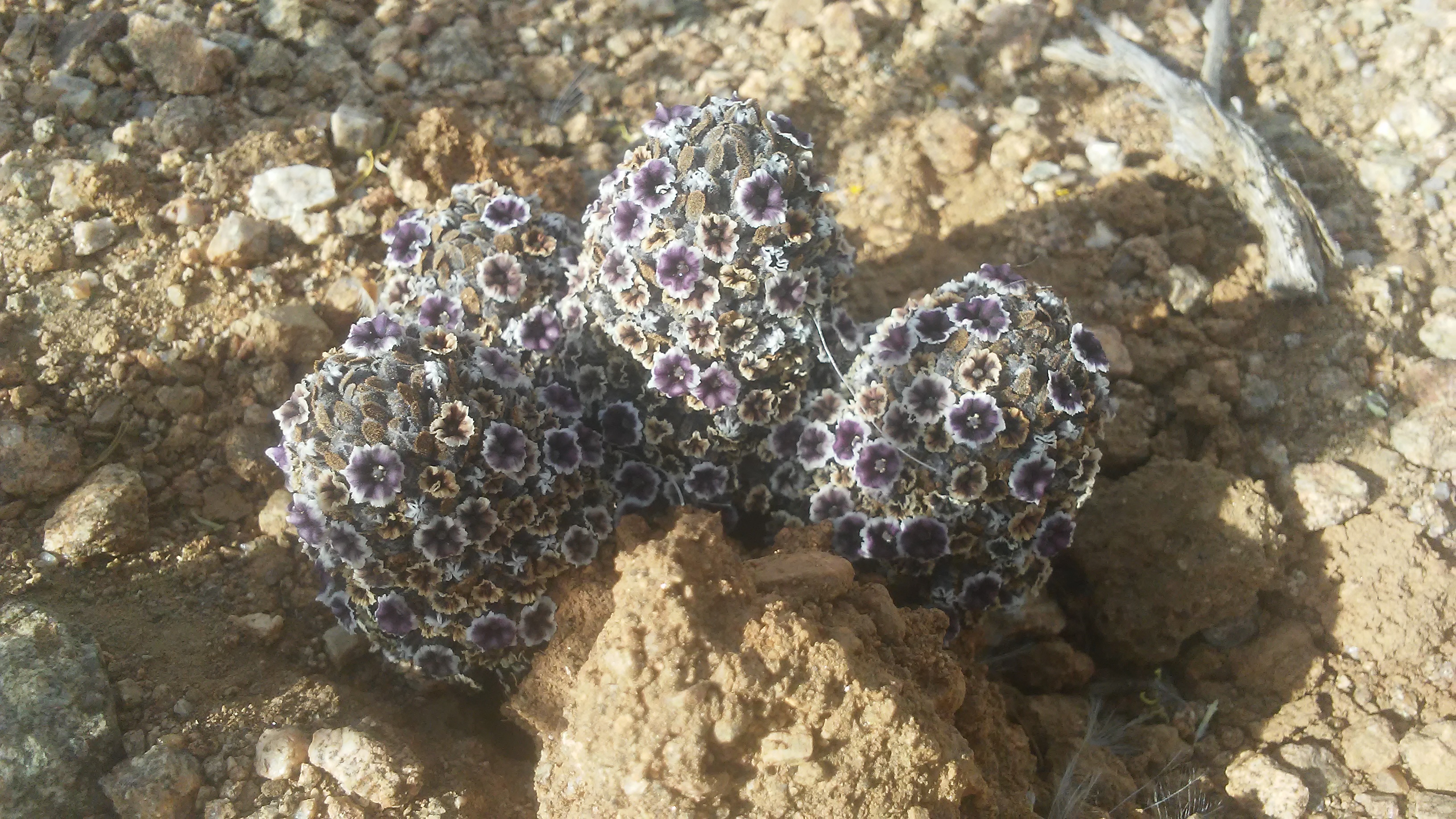
The desert Christmas tree, Pholisma arenarium, is beginning to pop up all over Joshua Tree National Park. This small perennial herb is parasitic because it lacks chlorophyll. Instead it gets nutrients from attaching its roots to other plants’ roots.
Where ever you go in the park, you are bound to find some flowers.
